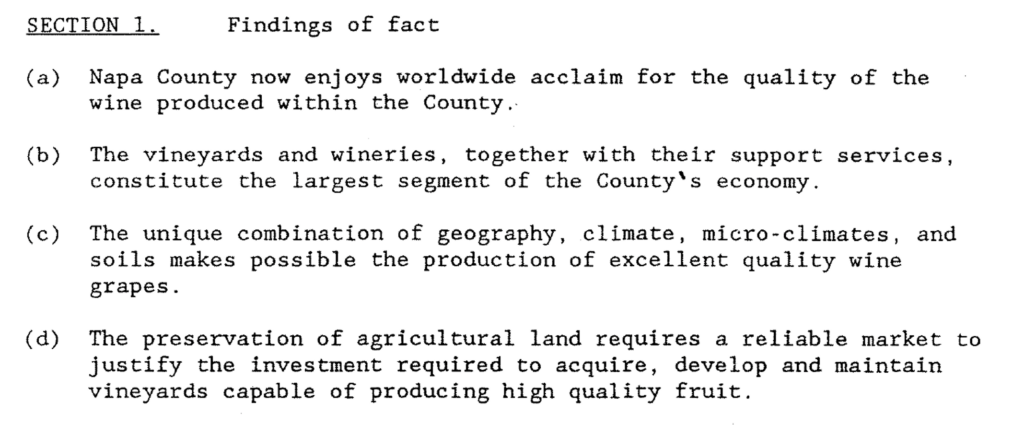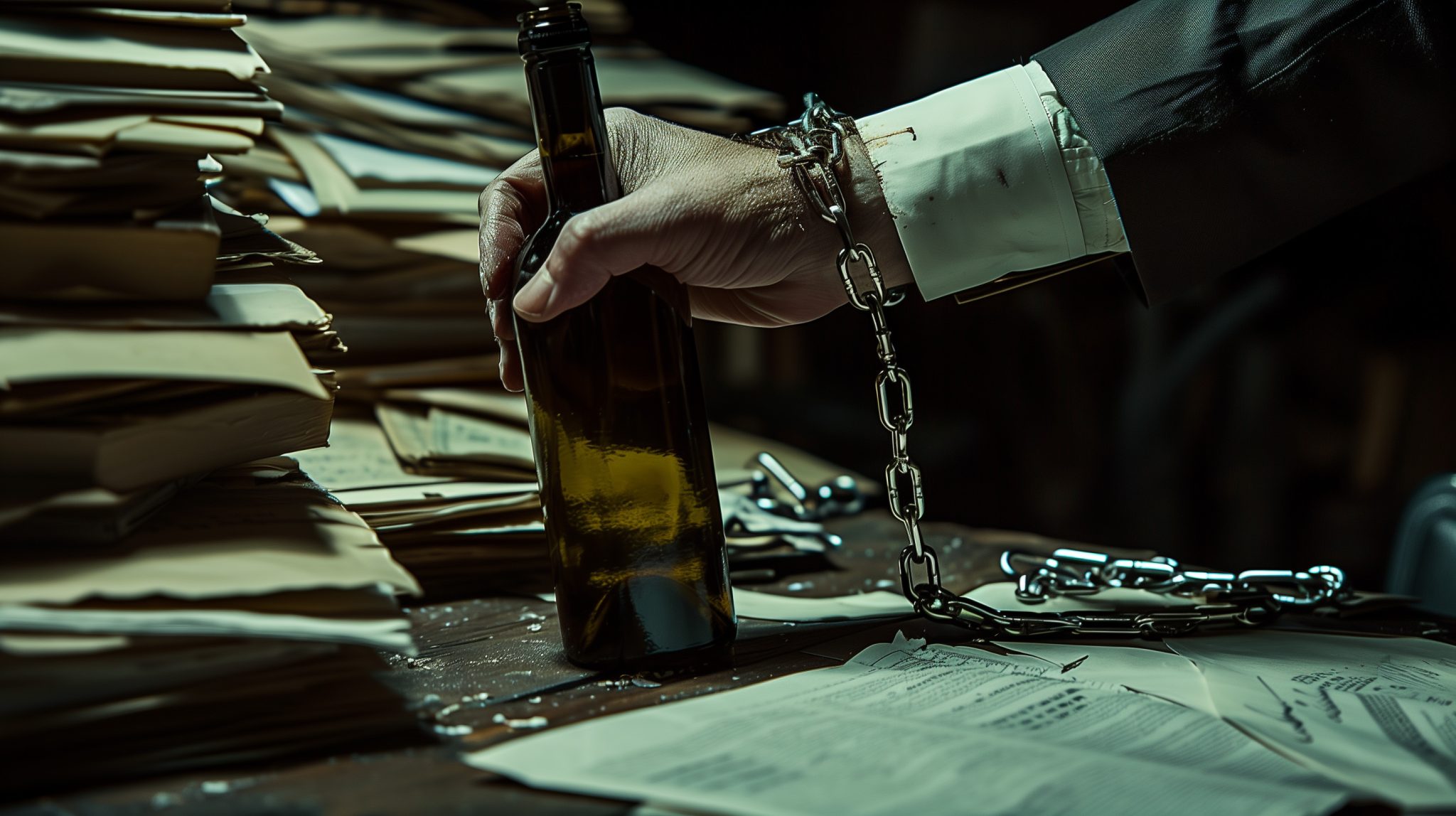BY ALDER YARROW | VINOGRAPHY |
Napa County has been biting the hand that feeds it for a long time. But now it seems intent upon dismembering the body itself. Under increased industry scrutiny and in the face of ongoing legal challenges, the Napa County Board of Supervisors has become even more rigid in its adherence to the letter of the deeply flawed and outdated regulatory framework that governs the operations of wineries in Napa County.
This document, known as the Winery Definition Ordinance (WDO), is a set of regulations put into place on January 23, 1990, when Napa was home to a mere 100 wineries. Today, the operations of more than 500 wineries in Napa County are governed by this 14-page document, which is plagued by inconsistencies, ambiguities, nonsensical strictures, and glaring omissions.
According to the 1990 WDO, Wineries can display, but not sell, art. Wineries are not allowed to charge for food they serve “except to the extent of cost recovery.” Wineries cannot sell any wine that was not “fermented or refermented” on the premises where it is being sold. Wineries cannot host “cultural or social events” that are “unrelated” to “education and development… with respect to wine.” Wineries cannot even host meetings of the shareholders of the winery itself on-site.
I won’t get into the peculiarities of some of the parcel restrictions, setback requirements, and permitting rigamarole that, in some cases, I understand is in direct contradiction to guidance that has been provided by the state for wildfire prevention and safety. And we’ll also stay far away from the quagmire (shitshow?) that hillside planting regulations represent.
Napa County is embroiled in several lawsuits from wine producers who have said “enough is enough” to what they see as untenable amounts of red tape, stonewalling, and unreasonable regulations contained within both the WDO and the larger set of regulations overseen by the Napa Planning Commission. The most recent and visible of these is the ongoing battle between Hoopes Vineyard and the county about its ability to host visitors for tastings at its winery, which it maintains it should be able to, despite claims to the contrary by the county.
That suit by the county, and a counter-suit by Hoopes and several other wineries, is working its way through the courts at various levels after Napa County State Superior Court decided in favor of Napa County in its initial suit against Hoopes.
The issues surrounding the regulation of wineries are admittedly complicated and far from clear-cut. Many different imperatives need to be balanced in thinking through how to regulate the Napa wine industry, from environmental concerns to the needs of businesses, to the concerns of those who also make their homes in Napa.
On the other hand, there’s just plain common sense. It’s recently been made clear that Napa County intends to hold wineries to the letter of the WDO when it comes to trade tastings. Which is to say, that the County believes that having a journalist like me, or a sommelier or wine buyer visit a winery to taste their wines is exactly the same thing as a tourist who makes an appointment and pays for their visit.
To wit, the WDO, as ratified in 1990 specifies:

The county seems to be saying that they are within their rights to regulate trade tastings exactly in the same manner as public tastings.
The scary thing about this is that many, many wineries in Napa hold permits that prevent them from having tours and tastings at all. Others hold permits that dramatically limit such visits to a very small number.
There is no universe in which preventing a winery from having me or the head buyer from K&L wines visit their facility to taste their wines makes any sense. Leaving aside my interests as a journalist for a moment, having buyers and potential buyers visit the winery is a critical business activity without which a winery’s ability to sell its products would be severely and unreasonably limited.
There’s just one problem with Napa County threatening to regulate trade tastings.
In 2010, in the wake of the Great Recession, the county amended the WDO and explicitly removed reference to members of the trade. This is how that section of the code now reads:

The fact that the county maintains that trade tastings are within its rights to regulate makes it painfully clear that both the WDO and the body responsible for enforcing it have to be scrapped and reconsidered.
It’s long past time for the residents of Napa to wipe the slate clean on both fronts and elect some people who will draft an intelligent and fair set of regulations that support both the needs of the wine industry and those who live and work in Napa County.
To quote the one part of the Winery Definition Ordinance that actually makes sense:

Napa County should feel responsible for, if not helping, then certainly not hindering its resident wineries in their efforts to interact with and cultivate a reliable market for their products.
At the moment, that hardly seems to be the case.


